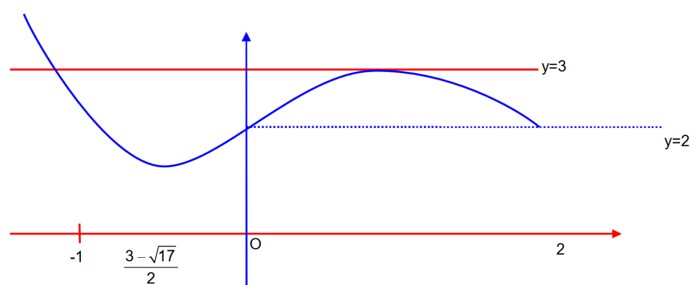Maths
Get insights from 6.5k questions on Maths, answered by students, alumni, and experts. You may also ask and answer any question you like about Maths
Follow Ask QuestionQuestions
Discussions
Active Users
Followers
New answer posted
2 months agoContributor-Level 9
gof is differentiable at x = 0
So R.H.D = L.H.D.
⇒ 4 = 6 – k1 Þ k1 = 2
Now g (f (-4) + g (f (4)
=2 (2e4 – 1)
New answer posted
2 months agoContributor-Level 10
circle with radius = 3
arg part of a circle (with radius ). no common points
New answer posted
2 months agoNew answer posted
2 months agoTaking an Exam? Selecting a College?
Get authentic answers from experts, students and alumni that you won't find anywhere else
Sign Up on ShikshaOn Shiksha, get access to
- 65k Colleges
- 1.2k Exams
- 679k Reviews
- 1800k Answers

